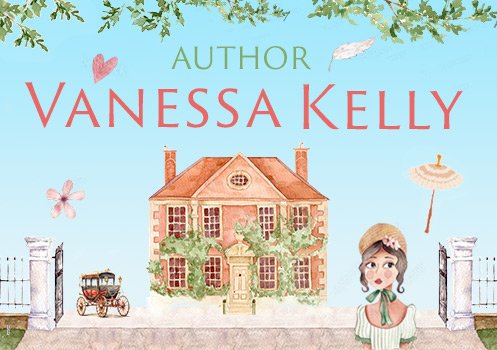
Available for pre-order now!
Book Two in the Emma Knightley Mysteries
In this latest Regency-era mystery, Jane Austen’s clever Emma Knightley navigates shocking changes in her family—while meeting her match in a deadly adversary . . .Read More
AVAILABLE NOW
First in a captivating new series, Jane Austen’s Emma Knightley entertains a different role in Highbury—going from clever matchmaker to Regency England’s shrewdest sleuth.
Less than one year into her marriage to respected magistrate George Knightley, Emma has grown unusually content in her newfound partnership and refreshed sense of independence. The height of summer sees the former Miss Woodhouse gracefully balancing the meticulous management of her elegant family estate and a flurry of social engagements, with few worries apart from her beloved father’s health . . .
But cheery circumstances change in an instant when Emma and Harriet Martin, now the wife of one of Mr. Knightley’s tenant farmers, discover a hideous shock at the local church. The corpse of Mrs. Augusta Elton, the vicar’s wife, has been discarded on the altar steps—the ornate necklace she often wore stripped from her neck . . .
As a chilling murder mystery blooms and chaos descends upon the tranquil village of Highbury, the question isn’t simply who committed the crime, but who wasn’t secretly wishing for the unpleasant woman’s demise. When suspicions suddenly fall on a harmless local, Emma — armed with wit, unwavering determination, and extensive social connections — realizes she must discreetly navigate an investigation of her own to protect the innocent and expose the ruthless culprit hiding in plain sight.
“Charming and clever, this delightful homage hits all the right notes.” ~Anna Lee Huber, USA Today bestselling author
“Utterly delightful, with characters so true to the original, even Miss Austen would wholeheartedly approve.” ~Alyssa Maxwell, author of The Gilded Newport Mysteries
Welcome!
Welcome to the website of USA Today bestselling author Vanessa Kelly. You can learn more about Vanessa’s historical mystery series, as well as her historical romances, on this site!
**NEWS FLASH**
MURDER AT DONWELL ABBEY, book two in The Emma Knightley Mysteries, will be released in print, digital, and audio on Nov. 25, 2024.
The paperback addition of MURDER IN HIGHBURY will be released in October and is now available for pre-order at all major vendors.
THE HIGHLANDER’S KILTED BRIDE (Clan Kendrick 6) is now available in digital, print, and audio. The blurb, info, and vendor links can be found on the Book Page.
New! Vanessa now has a Family Tree page which outlines the relationships among her characters and books. Click here for the Family Trees.Vanessa runs a book club on Facebook, devoted to her various series. She also hosts fabulous guest authors and wonderful giveaways. Please click here for more info and to join the group.
Visit Vanessa’s BOOKS page to find out about her other books, including the Clan Kendrick Series.
BE SURE TO SIGN UP FOR VANESSA’S NEWSLETTER FOR ALL THE LATEST NEWS ON HER BOOKS, AND SPECIAL CONTESTS JUST FOR SUBSCRIBERS!
















